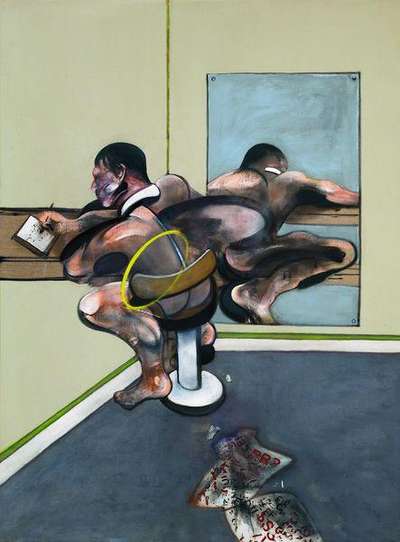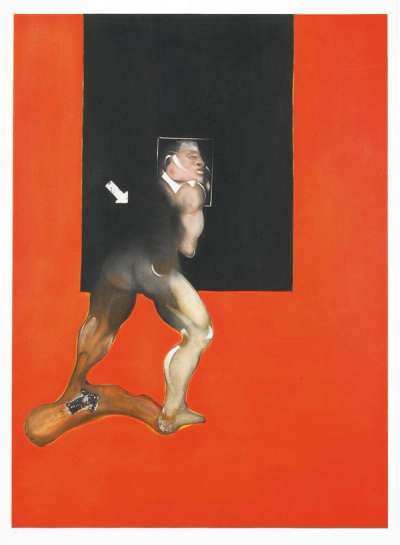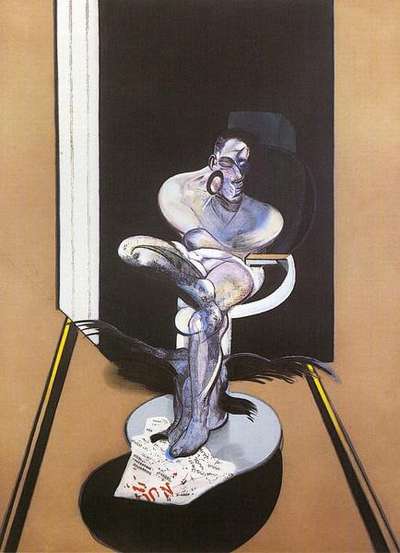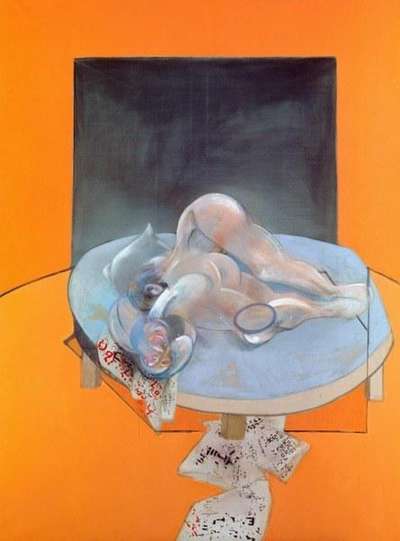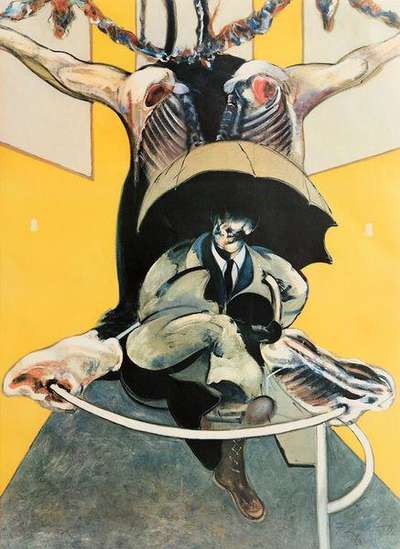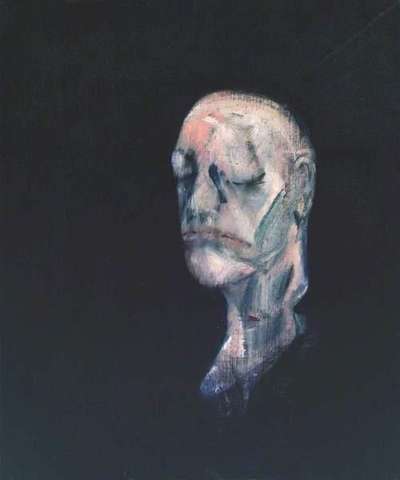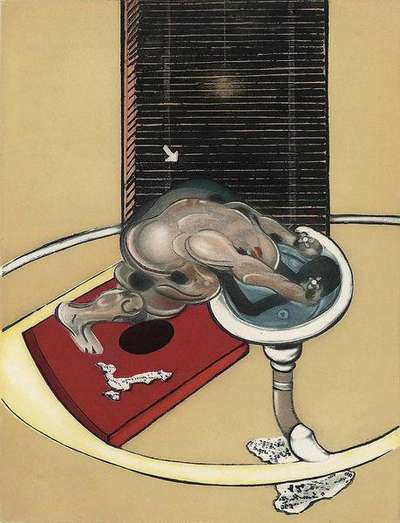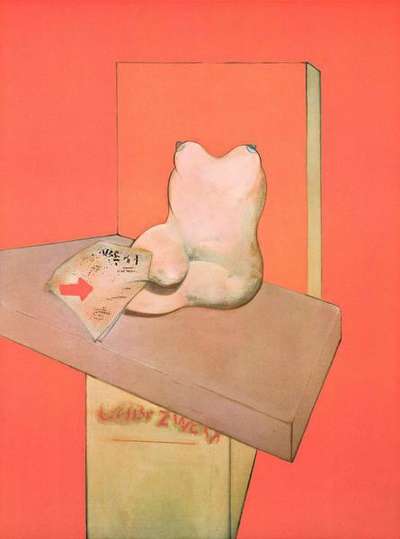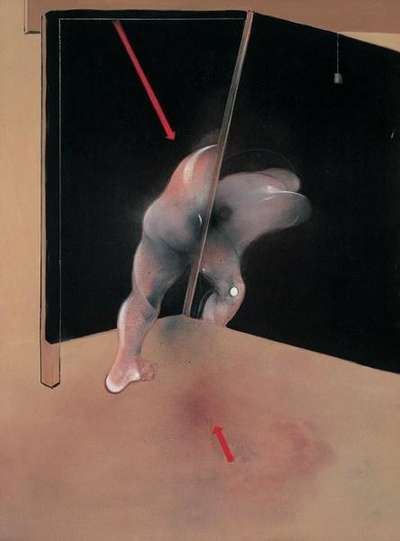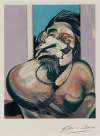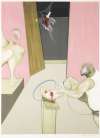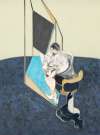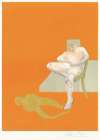Human
Body
Francis Bacon’s Human Body collection contains prints spanning 30 years of his career. Bacon’s agonized depictions of the human form occur in uncanny versions of intimate spaces, such as bathrooms or bedrooms. Contrasting these angular, clinical spaces with liquid, melting flesh, Bacon’s image of bodily experience is irreducibly solitary and violent.
Francis Bacon Human Body For sale
Human Body Value (5 Years)
With £58222 in the past 12 months, Francis Bacon's Human Body series is one of the most actively traded in the market. Prices have varied significantly – from £993 to £28000 – driven by fluctuations in factors like condition, provenance, and market timing. Over the past 12 months, the average selling price was £4851, with an average annual growth rate of 3.11% across the series.
Human Body Market value
Auction Results
| Artwork | Auction Date | Auction House | Return to Seller | Hammer Price | Buyer Paid |
|---|---|---|---|---|---|
 Figure Writing Reflected In A Mirror Francis Bacon Signed Print | 25 Sept 2025 | Christie's London | £5,525 | £6,500 | £9,000 |
 Figure At Wash Basin Francis Bacon Signed Print | 3 Jul 2025 | Chiswick Auctions | £2,380 | £2,800 | £3,800 |
 Study Of The Human Body From A Drawing By Ingres Francis Bacon Signed Print | 6 Jun 2025 | Karl & Faber | £2,848 | £3,350 | £4,600 |
 Seated Figure 1983 Francis Bacon Signed Print | 15 May 2025 | Uppsala Auktionskammare | £6,375 | £7,500 | £9,500 |
 Study From Human Body 1981 Francis Bacon Signed Print | 8 Apr 2025 | Bonhams Los Angeles | £2,678 | £3,150 | £4,000 |
 Lying Figure Francis Bacon Signed Print | 24 Jan 2025 | Phillips London | £4,250 | £5,000 | £7,000 |
 Three Studies Of The Human Body (central panel) Francis Bacon Signed Print | 31 Oct 2024 | Waddington's | £2,848 | £3,350 | £4,200 |
 After Second Version Of Painting 1946 Francis Bacon Signed Print | 6 Jun 2024 | Phillips London | £3,315 | £3,900 | £5,500 |
Sell Your Art
with Us
with Us
Join Our Network of Collectors. Buy, Sell and Track Demand
Meaning & Analysis
Taking its name from a central feature of the œuvre of Irish-born British artist, Francis Bacon, the Human Body collection features limited edition prints spanning 30 years of the artist’s career. A prolific painter, Bacon produced a large body of work, of which around 590 examples still exist; incensed by critics and prone to self-destructive behaviour, the artist either defaced or discarded many of his paintings, which tended to focus on particular subjects for extended periods. As this collection illustrates, despite a tendency to focus intensely on singular motifs, such as Crucifixions, the corporeal and the figurative were persistent pre-occupations of Bacon’s work.
In the print After Study Of Portrait Head Based On the Life Mask Of William Blake (1976), for example, Bacon offers up a straightforward yet emotive likeness of a ‘life mask’ taken when English poet William Blake was aged 65. Turning his hand towards a higher intensity of abstraction, Figure Writing Reflected In A Mirror (1976) feels like a more characteristic example of the artist’s work; depicting a semi-abstract figure sat at a barstool and partially reflected in a mirror, many have identified the work as a portrayal of Bacon’s onetime lover, George Dyer.
Two other prints of seated figures, Seated Figure 1977 (1992) and Seated Figure 1983 (1983), are standout examples of Bacon’s expressive touch and liberal approach to likeness. In the rear of each painting, a kind of framing device stands behind the figures. Looming over them in a foreboding manner, these areas of thickly applied and distinctly uniform colour clash with the fluid and almost Salvador Dali-like nature of the human form. Reinterpreted in a similar mode for Study Of The Human Body From A Drawing By Ingres (1982), the human body becomes a figuration of Bacon’s deconstruction of artistic norms; referencing French artist Ingres, well-known for his rejection of ‘true to life’ human proportions (as in world famous painting Une Grande Odalisque (1814)) Bacon places a torso on a tilted plinth. A further example of the artist’s signature approach to composition, this deft combination of geometric and semi-abstracted form echoes that of the print After Second Version Of Painting 1946 (1971), which partakes in a similar merging of the human and the animal.


